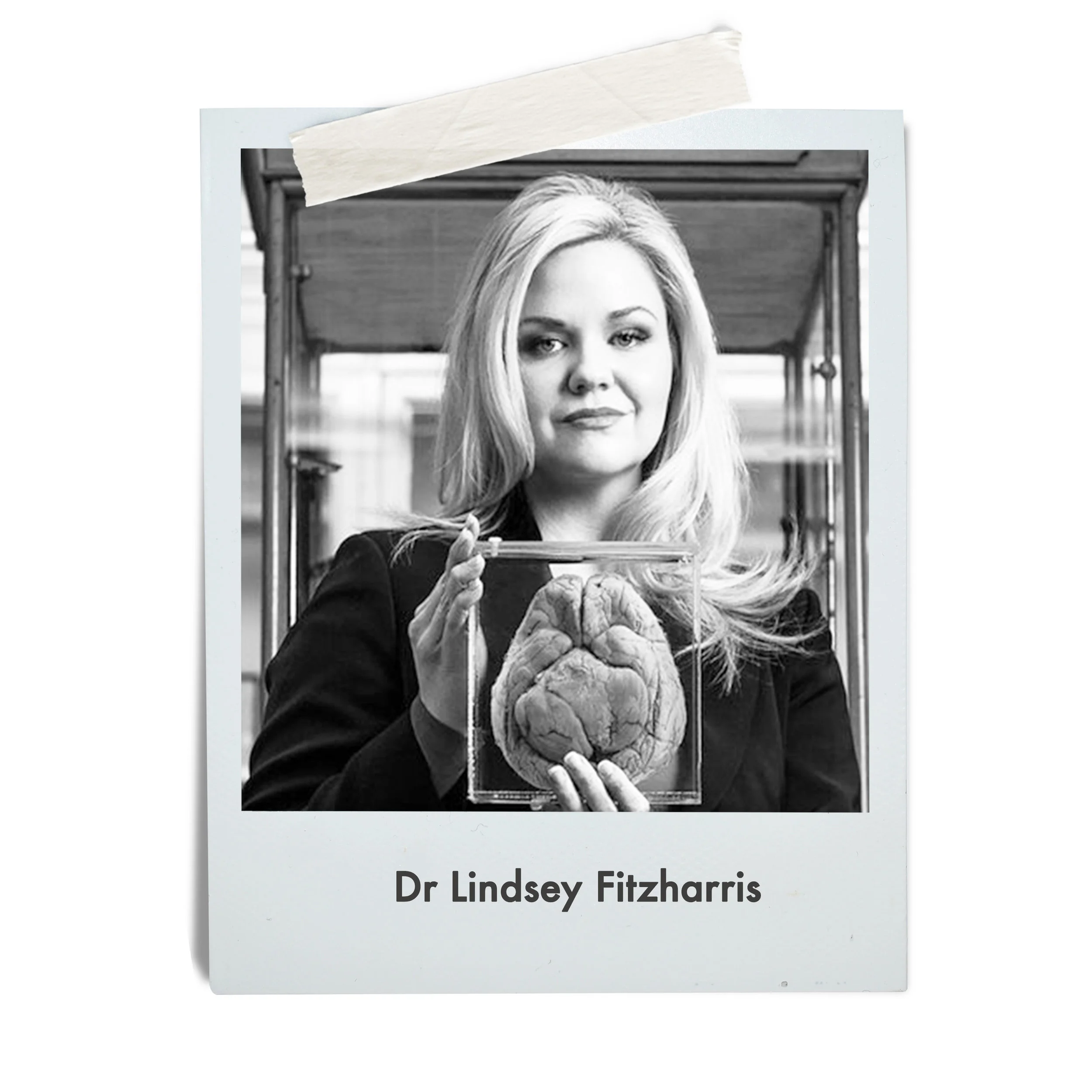1. Should your pet be suffering, you can choose to have him or her euthanized at home for a more peaceful end. This will also allow other animals in the house to see that their friend has died so it is less confusing to those left behind.
2. Euthanasia isn’t just a medical procedure. You may want to make it more ceremonial by playing soothing music, offering up prayers, and surrounding your pet with his/her favourite toys and blankets.
3. It’s not unusual to request a bit of your pet’s fur as a physical remembrance of your special friend after he or she has been euthanized. Take as much time as you need with the body after death.
4. If you do euthanize your pet, it’s often best to cremate the body as burying it carries the risk of it being disinterred by wild animals, which is both upsetting for owners and dangerous to wildlife given the drugs used during the euthanizing process. If you do chose to bury your pet, check with your local authorities for any restrictions or suggested procedures.
5. Grieving the death of a pet can be just as painful as grieving the loss of a human loved one. Give yourself time to adjust to the loss.
Dr. Lindsey Fitzharris has two tabby cats called Oscar and Bobo. She’s a bestselling author, and medical historian with a doctorate from the University of Oxford. Her debut book, The Butchering Art, won the PEN/E.O. Wilson Award for Literary Science in the United States; and was shortlisted for both the Wellcome Book Prize and the Wolfson History Prize in the United Kingdom. She is the creator of the popular blog, The Chirurgeon’s Apprentice, as well as the host of the YouTube series, Under the Knife. She has written for a variety of publications, including Scientific America, The Guardian, The Lancet, New Scientist, and The Huffington Post. Her next book will be on the birth of plastic surgery told through the incredible story of Harold Gillies, the pioneering surgeon who first united art & medicine to address the horrific injures that resulted from World War I.
@DrLindseyFitz

